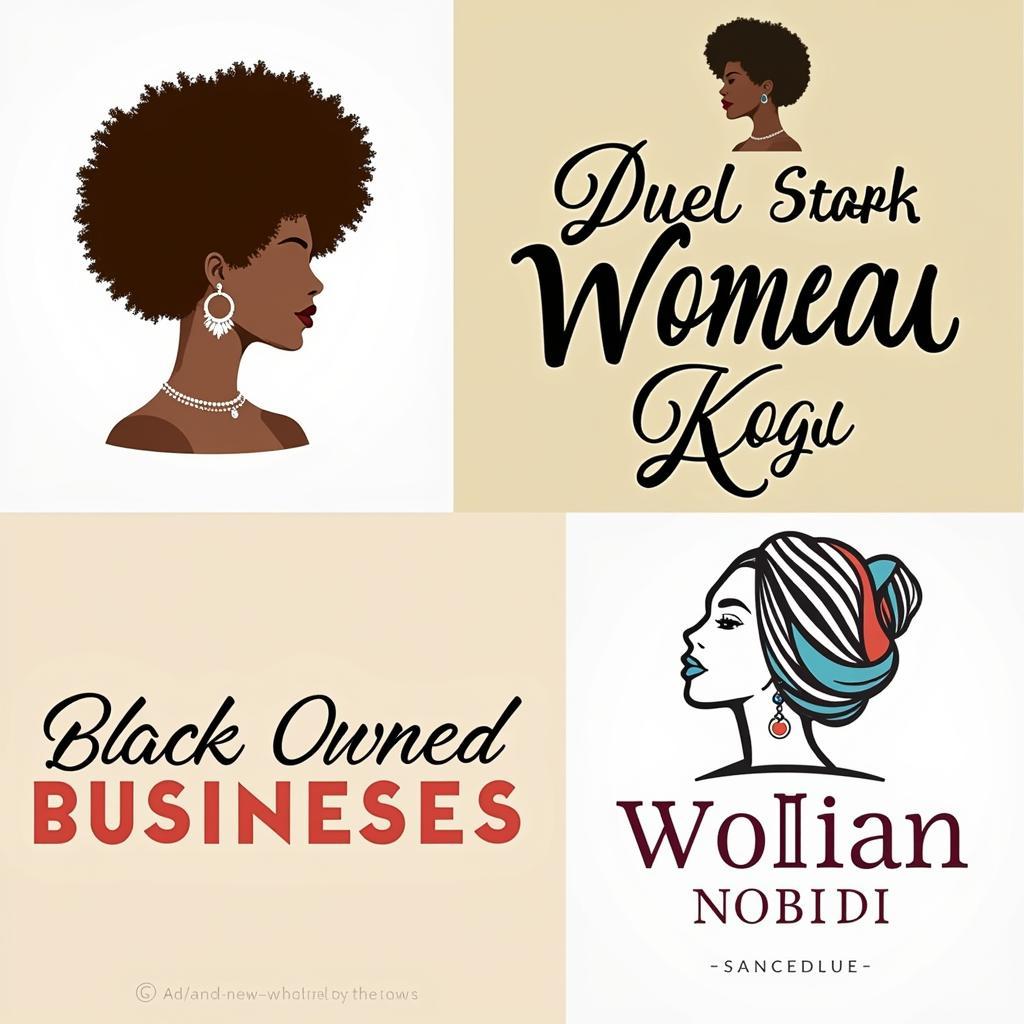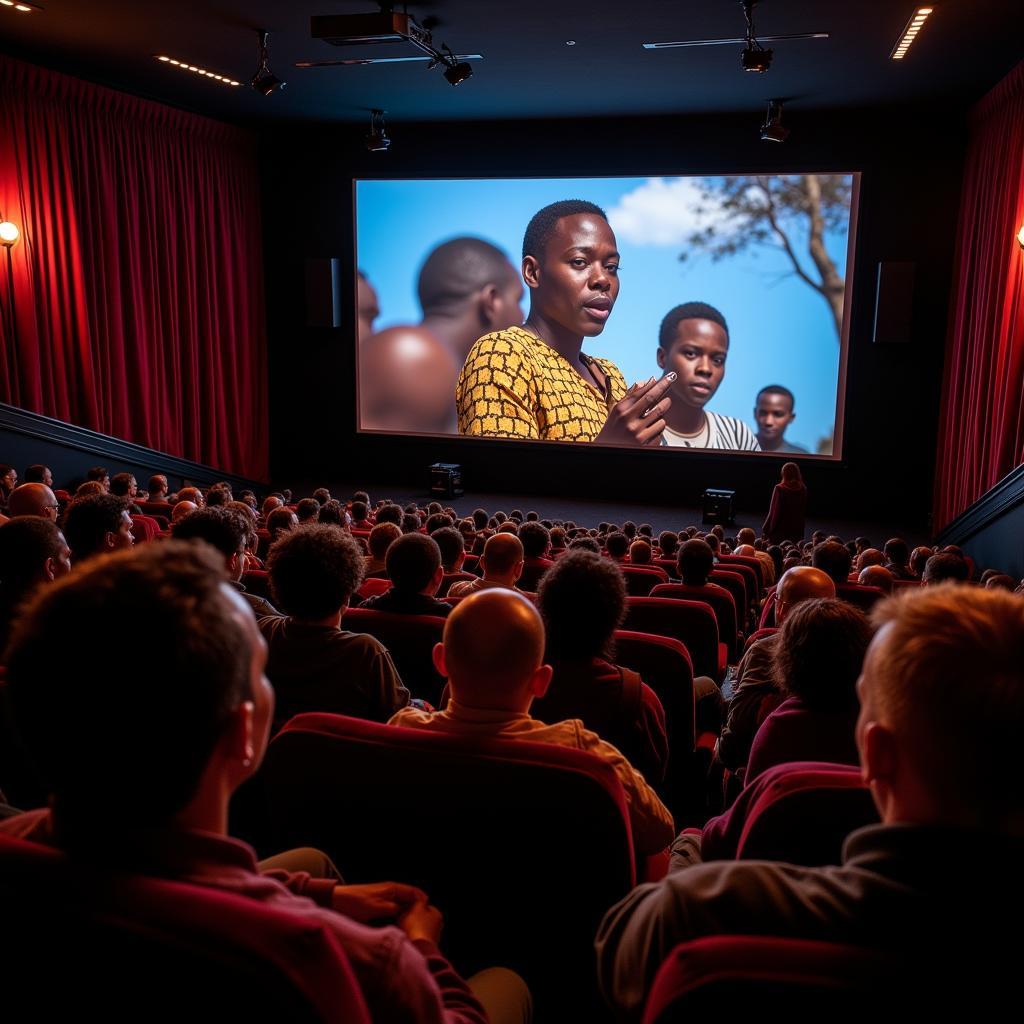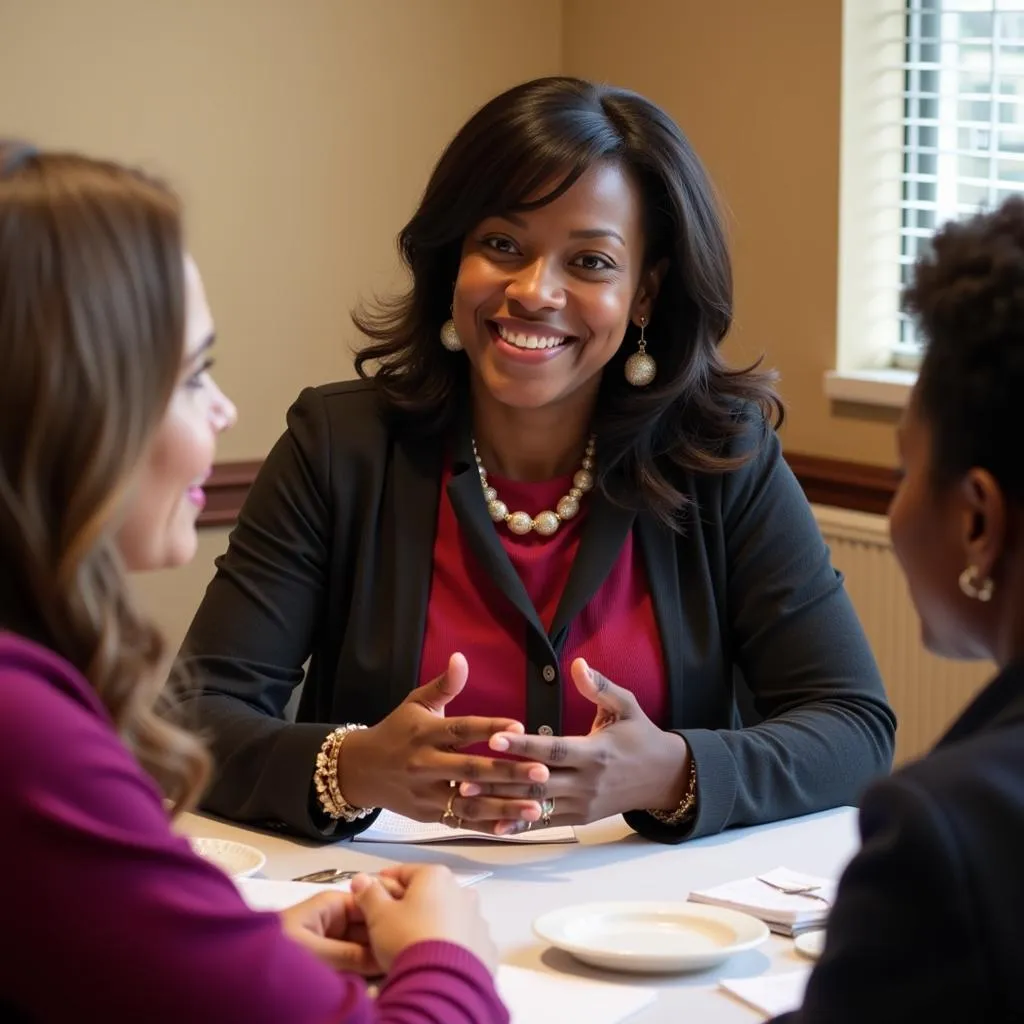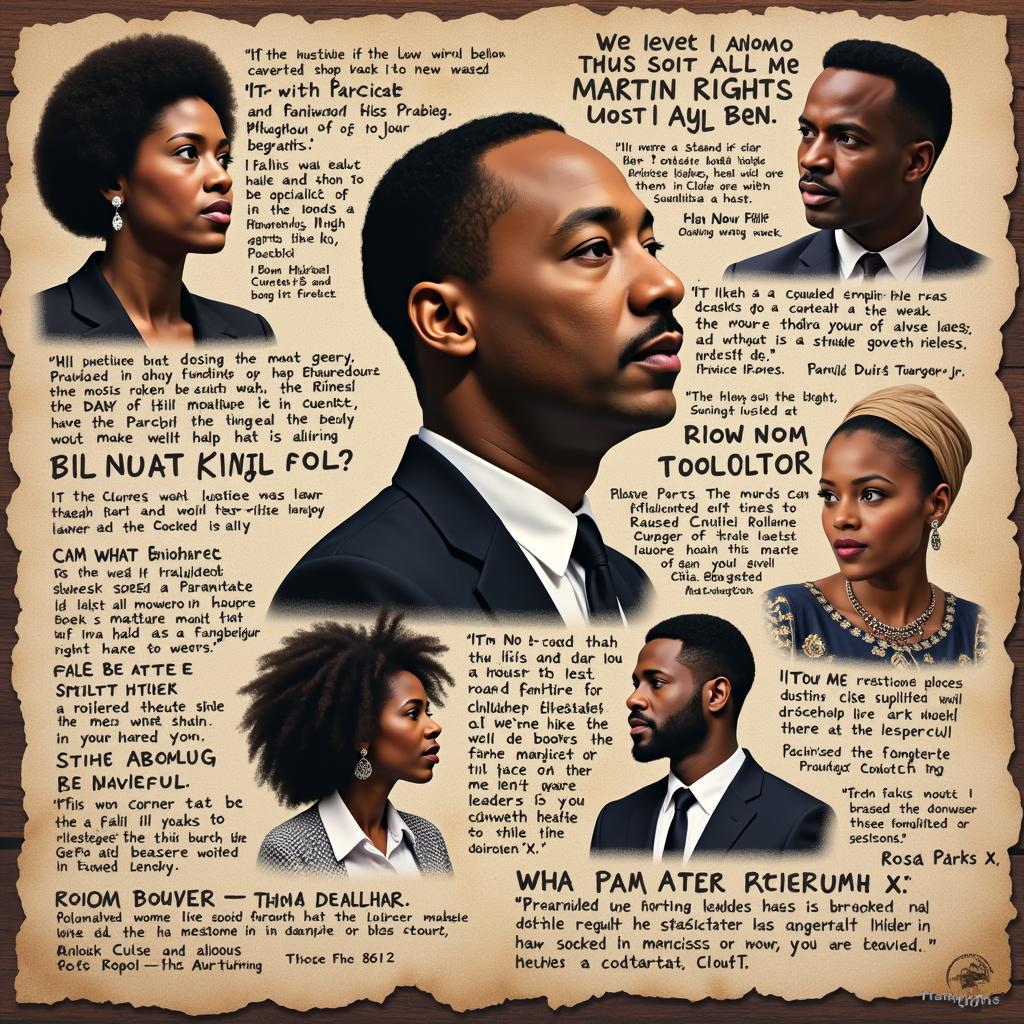Unraveling the Beauty and Significance of African Hair Kongos
African Hair Kongos, a testament to creativity and cultural heritage, hold a captivating story within their intricate coils and twists. More than just a hairstyle, kongos represent a rich tapestry of traditions, beliefs, and artistic expression that has been passed down through generations across the African continent.
A Journey Through Time: The History of African Hair Kongos
The practice of styling hair into elaborate designs dates back centuries in Africa. Archaeological evidence suggests that ancient civilizations like the Egyptians and Nok people adorned their hair with braids, twists, and extensions. These styles weren’t merely decorative; they signified social status, marital status, and even spiritual beliefs.
More Than Just Hair: The Cultural Significance
In many African cultures, hair is considered a sacred and powerful entity. It’s believed to be a conduit to the divine, connecting individuals to their ancestors and spiritual realm. Hairdressing is a highly respected skill, often passed down through generations of women. It’s a time for bonding, storytelling, and transmitting cultural knowledge.
For instance, among the Yoruba people of Nigeria, intricate hairstyles known as “Irun Didi” are created for special occasions and hold deep spiritual significance. Similarly, the Himba people of Namibia use red ochre and animal fat to style their hair, signifying age, marital status, and clan affiliation.
Kongos: A Tapestry of Styles and Techniques
The term “kongos” encompasses a wide array of braiding and twisting techniques. From the tightly coiled and intricate patterns of the Zulu “izinwele” to the long, flowing braids adorned with beads of the Maasai, each style reflects the unique aesthetics and traditions of its respective culture.
What are some of the most popular Kongo styles?
- Cornrows: These tightly braided rows can be styled in countless ways, from simple straight lines to elaborate geometric patterns.
- Two-strand twists: This versatile style involves twisting two sections of hair together, creating a rope-like effect.
- Bantu knots: These small, coiled buns are a popular protective style that can be left in for days or weeks.
- Dreadlocks: Formed by allowing hair to naturally mat and lock together, dreadlocks are often seen as a symbol of spiritual growth and connection.
The Modern Evolution of Kongos
Today, African hair kongos have transcended cultural boundaries and gained global recognition. From runways to red carpets, these hairstyles are celebrated for their versatility, beauty, and cultural richness. Contemporary hairstylists continue to push the boundaries of creativity, incorporating new techniques and materials to create stunning and innovative kongo styles.
“African hair kongos are a testament to the resilience, creativity, and cultural pride of African people. They are a powerful form of self-expression and a celebration of our heritage.” – Abeni Adebayo, renowned natural hair stylist.
Embracing the Beauty of African Hair Kongos
African hair kongos are a vibrant expression of cultural heritage and artistic ingenuity. These intricate hairstyles tell stories of tradition, spirituality, and identity that continue to resonate across generations. As we celebrate the beauty and diversity of African hair, let us remember the rich history and profound significance woven into each strand.



